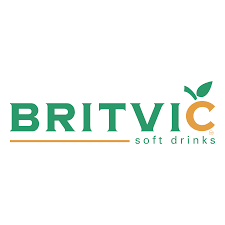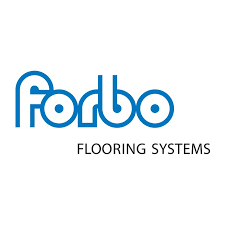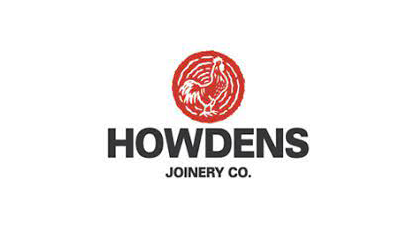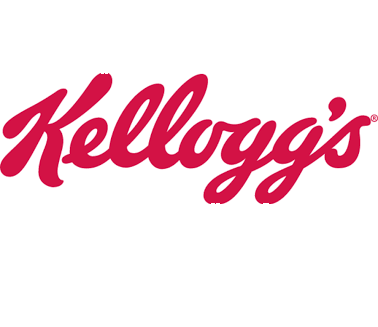
- Details
- Category: Blog
Over 69% of manufacturers believe their current Performance Management routines are not fit for purpose. This article outlines the proven building blocks used by the 31% who consistently achieve lasting operational gains.
How Performance Drivers Evolve
Sustainable performance improvement hinges not just on measuring outcomes but on developing the enablers of performance—particularly frontline knowledge and skills. The two most overlooked contributors to recurring issues are:
- Weak skill development processes
- Limited knowledge transfer into practical prevention
Traditional metrics focus on individual training completion. But to deliver long-term gains, manufacturers must shift their attention to collective team performance, which reflects leadership, engagement, and cultural strength.
Tracking the Right Metrics
Sustainable gains come from investing in team capability and tracking longer-term indicators:
- Year-on-Year Gains: Closing knowledge and skill gaps supports continuous improvement in effectiveness.
- Improvement Glide Path: Equipping frontline teams to resolve recurring issues at source delivers a 15–25% ROI.
- Task Transfer: Freeing up expert resources by empowering frontline teams unlocks capacity for innovation and transformation.
These metrics highlight the team’s collective ability to prevent problems—not just react to them.
The Role of OEE in Performance Management
High-performing manufacturers use Overall Equipment Effectiveness (OEE) as a leading indicator—not just to track outcomes, but to prioritise team capability development. The table below defines the TPM (Total Productive Maintenance) Team Competency Pathway, linking team growth to measurable OEE progress:
|
Level |
Key Competencies |
|---|---|
|
1A. |
Front Line Team can identify waste, standardise operations and improve workflow. |
|
1B. |
Front Line Teams can assess, stabilise and improve end to end line performance. |
|
2A. |
Front Line Team can carry out all routine activities refine working methods to reduce effort needed. |
|
2B. |
Front Line Team can achieve and sustain "Normal Conditions" with minimum effort. |
|
3A. |
Able to reduce unplanned interventions to remove causes of quality defects and improve insight into optimum conditions. |
|
3B. |
Able to reduce planned interventions and progress towards no touch running to improve quality consistency and reduced variability. |
|
4A. |
Able to deliver and maintain optimum conditions from new/modified assets providing new/enhanced products and services. |
|
4B. |
Able to deliver new value from operations to set the customer agenda. |
Table 1: Demonstrated Competencies within the TPM Roadmap Steps
" give a hungry man a fish and you feed him for a day, teach him to fish and you feed him for life."
These steps gradually reduce dependency on management input, making lasting improvement a built-in capability of the operation.
Leadership Impact: Making It Happen
The TPM Competency Pathway is activated through a structured Team Review and Coaching (TRaC) glide path, enabling teams to lead small-group improvement activities that drive results. Successful implementations routinely deliver 10–15% annual OEE gains, with little or no capital investment.
The cumulative benefits include:
- Increased throughput capacity
- Enhanced quality control
- Greater operational flexibility without extra labour
The Leadership Role
Sustainable improvement isn’t just about frontline action—it requires strong leadership direction. The TPM Excellence Roadmap gives leaders a structured approach to:
- Break down systemic barriers to improvement
- Align operations with strategic goals
- Foster cross-functional collaboration
- Focus on high-return priorities
- Maintain momentum through shared visibility and governance
TPM Excellence: A Leadership Journey
At its core, the TPM Excellence Roadmap builds leadership capability in three essential areas:
- A. Centres of Excellence: Driving stable, optimised performance
- B. Lean Maintenance: Moving from reactive response to proactive prevention
- C. Project Delivery: Ensuring flawless operation and fast ROI from change initiatives
The key to sustained improvement is managing future performance, not just reviewing past results. With the right leadership, hard-won lessons become standard practice, and excellence becomes business as usual.
Ready to Unlock Untapped Potential?
Let’s connect to explore how this approach can help you build stronger teams, improve OEE, and embed sustainable performance gains across your operations.
Contact us to find out more about how we can develop your Team and Team Leader capabilities using practical improvement activities alongside day to day duties.








